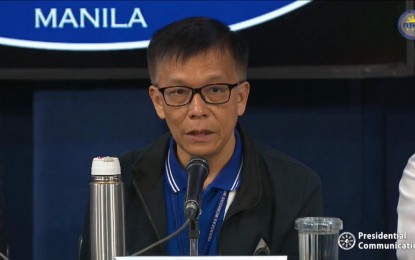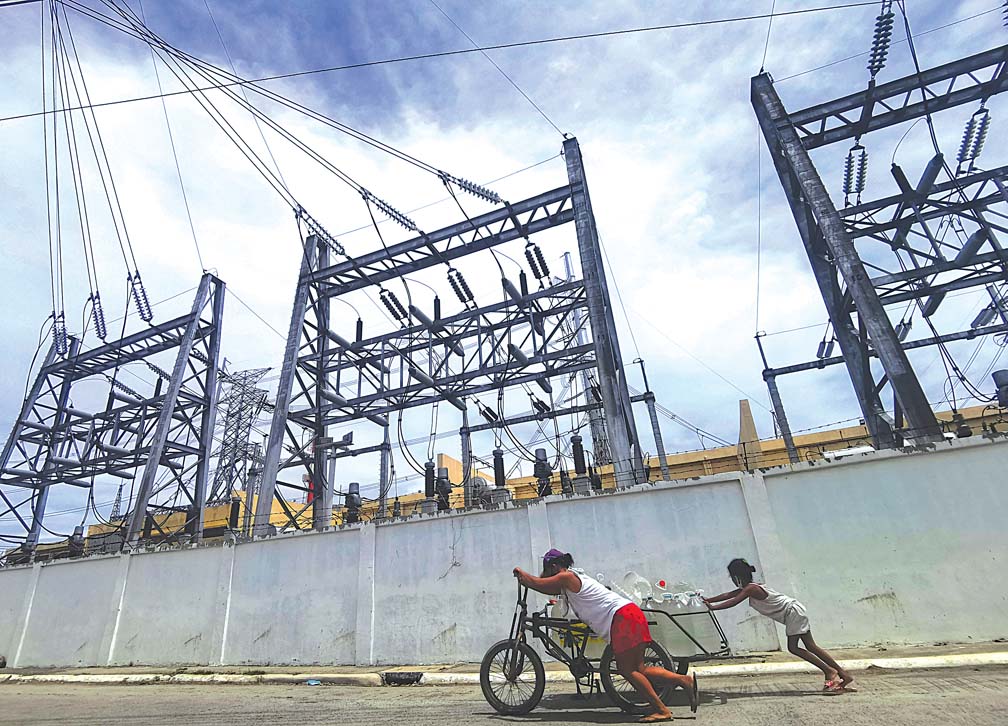THE Philippines is targeting to ship more mangoes to Japan, South Korea and Russia to ease the glut in mango supply, but the Department of Agriculture (DA) admitted it will not be easy due to stringent food-safety rules.
Agriculture Secretary Emmanuel F. Piñol told reporters in an interview on Monday that the Philippines could export an additional 100 metric tons (MT) of mangoes to Japan this harvest season.
On top of this, Piñol said negotiations are now under way to ship mangoes to South Korea and Russia. He said Manila is already making the necessary preparations to comply with the sanitary and phytosanitary requirements of the Russian government.
“Within the week, [the DA] expects to dispose of about 1 million kilograms. The Japanese buyer is already in the country,” Piñol said.
The DA chief said, however, that one of the challenges for producers when shipping to other countries, particularly to Japan and South Korea, is the maximum residue limit (MRL).
MRL—the maximum concentration of pesticide residue which is legally permitted in food and animal feeds—is usually recommended by the Codex Alimentarius Commission, according to the Food and Agriculture Organization (FAO).
FAO added that the limits are based on good agricultural practices data and food derived from commodities that comply with the respective MRLs are intended to be toxicologically acceptable.
Piñol said addressing MRL concerns will allow the Philippines to regain its market share in countries like Japan.
“The farm practices of our planters which involve the use of a lot of chemicals in their spray [is the reason we fail to meet the MRL]. That’s why we included this in our mango road map which we crafted last year,” Piñol said.
Apart from meeting the MRL requirements, he said farmers should also work on reducing the cost of producing mangoes.
While Philippine mangoes are highly regarded in other countries, the high production cost prevents planters from enticing more buyers.
“There’s a need to address the high production cost. While others are saying that Philippine mangoes are the best because of their taste, of course buyers will initially consider the price,” Piñol said in a mix of English and Filipino.
He said the DA is encouraging farmers to go into processing and value-adding. Farmers could consider using mango to produce vinegar.
Piñol said the oversupply of mangoes can be attributed to the weak El Niño this year. The last time the country saw a mango glut was in 2015, another El Niño year.
Still, the estimated glut of 2 million kg, Piñol said, is lower compared to the volume recorded in 2015. The DA said this is due to the fact that El Niño was severe that year.
“The increase in output is due to fallowing where the land is able to rest for some time because of the heat and then when the rains come, production of fruit trees shoots up. According to mango growers, it happens every three or four years,” he said.
“It’s a good phenomenon for us. The only problem is that farmers were not able to coordinate immediately with the DA that they were expecting an oversupply. I think the DA may have also been remiss in monitoring the developments,” he added.































